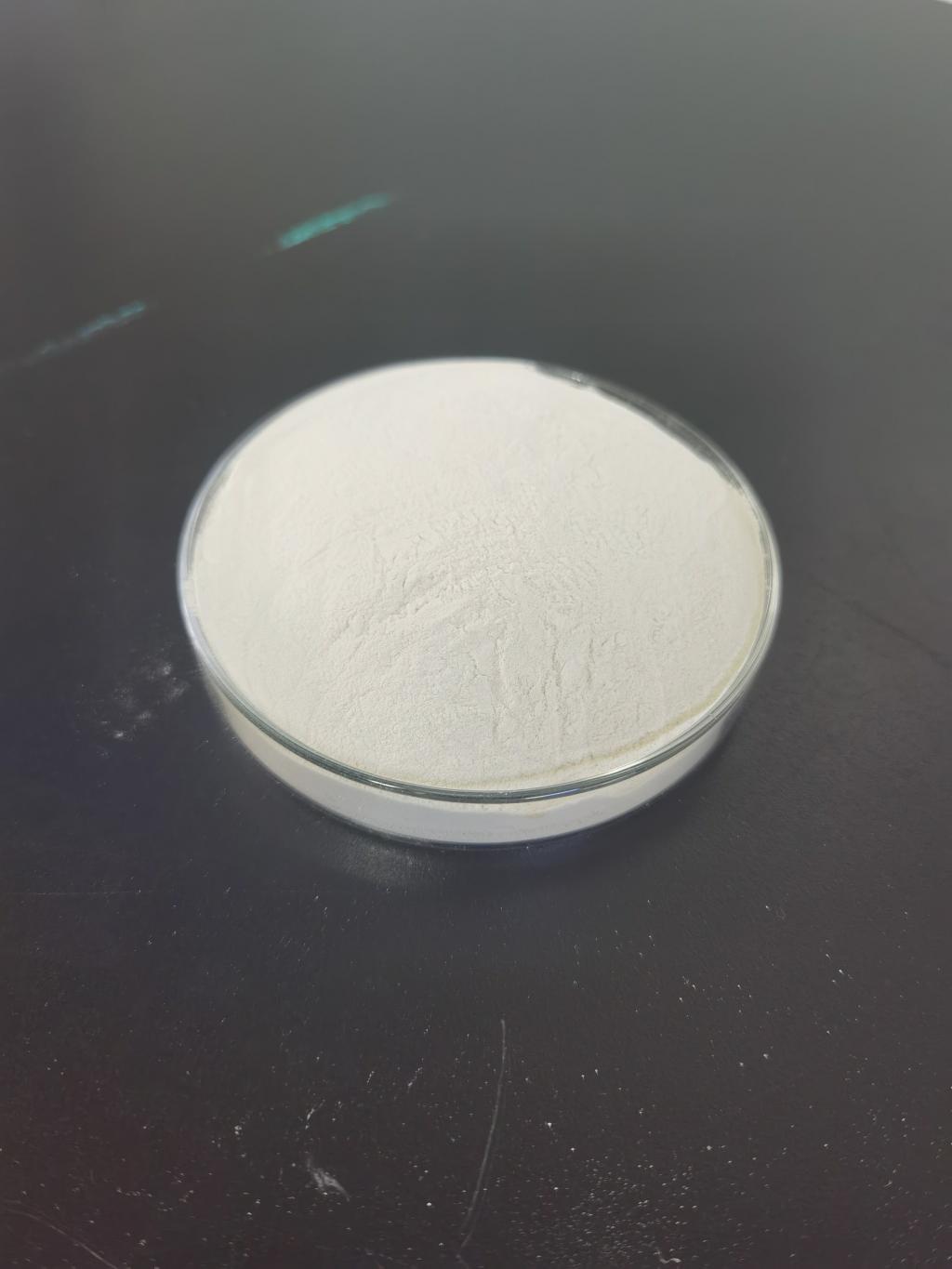Tel:+8618231198596

News
 CONTACT
CONTACT
 CONTACT
CONTACT
- Linkman:Linda Yao
- Tel: +8618231198596
- Email:linda.yao@dcpharma.cn
- Linkman:CHARLES.WANG
- Department:Overseas
- Tel: 0086 0311-85537378 0086 0311-85539701
News
Nisin-based interventions in combating biofilm formation in food processing equipment.
TIME:2024-04-19
Understanding Biofilm Formation
Biofilms are complex microbial communities encased within a self-produced matrix of extracellular polymeric substances (EPS). These communities adhere to surfaces, including food processing equipment, forming a protective shield that shields microorganisms from external stresses, such as cleaning agents and antimicrobial treatments. The sequential stages of biofilm formation include initial attachment, microcolony formation, EPS production, and maturation, culminating in the development of mature biofilms resistant to conventional sanitation methods.
Challenges Posed by Biofilm Formation
Biofilm formation in food processing equipment poses significant challenges to food safety and quality:
Microbial Contamination: Biofilms serve as reservoirs for pathogenic and spoilage microorganisms, increasing the risk of contamination and foodborne illness.
Reduced Efficacy of Cleaning: The presence of biofilms impedes the effectiveness of cleaning and sanitation procedures, allowing microbial persistence and cross-contamination in food processing environments.
Product Spoilage: Biofilms contribute to product spoilage through the release of metabolites, enzymes, and toxins, leading to off-flavors, discoloration, and texture changes in food products.
Corrosion and Equipment Damage: Biofilm formation can accelerate corrosion and deterioration of food processing equipment, compromising structural integrity and increasing maintenance costs.
Nisin as a Biofilm Control Agent
Nisin, a natural antimicrobial peptide produced by certain strains of lactic acid bacteria, exhibits potent activity against a wide range of Gram-positive bacteria, including those commonly found in biofilms. Its mode of action involves disrupting bacterial cell membranes, leading to cell death. Nisin also demonstrates efficacy against biofilm-forming bacteria, making it a promising candidate for controlling biofilm formation in food processing environments.
Effectiveness of Nisin-Based Interventions
Biofilm Prevention: Nisin can be incorporated into cleaning and sanitation protocols to prevent biofilm formation on food contact surfaces. Its antimicrobial activity inhibits the initial attachment of bacteria to surfaces, disrupting biofilm development at an early stage.
Biofilm Disruption: In established biofilms, nisin disrupts the integrity of the biofilm matrix, rendering microorganisms more susceptible to mechanical removal during cleaning procedures. This enhances the efficacy of sanitation treatments and reduces the risk of biofilm reformation.
Extended Shelf Life: By controlling microbial contamination and biofilm formation, nisin-based interventions contribute to extending the shelf life of food products, minimizing spoilage and reducing food waste.
Compatibility with Existing Processes: Nisin can be seamlessly integrated into existing cleaning and sanitation protocols without requiring significant changes to equipment or procedures. Its stability under a wide range of pH and temperature conditions enhances its versatility and applicability in various food processing environments.
Challenges and Considerations
Despite its efficacy, the widespread adoption of nisin-based interventions in combating biofilm formation faces certain challenges:
Regulatory Approval: Regulatory approval for the use of nisin in food processing may vary across jurisdictions, requiring compliance with specific regulations and maximum residue limits.
Resistance Development: Prolonged exposure to sublethal concentrations of nisin may lead to the development of resistance in target bacteria, necessitating prudent usage practices and surveillance measures.
Interaction with Other Ingredients: Compatibility issues may arise when combining nisin with certain cleaning agents or food ingredients, requiring compatibility testing and formulation adjustments.
Consumer Perception: Educating consumers about the safety and benefits of nisin-treated products is essential to address potential concerns and ensure acceptance in the marketplace.
Conclusion
Biofilm formation in food processing equipment poses significant challenges to food safety, quality, and equipment integrity. Nisin-based interventions offer a promising solution to combat biofilm formation, thanks to its potent antimicrobial activity and compatibility with existing cleaning and sanitation protocols. By preventing biofilm formation, disrupting established biofilms, and extending the shelf life of food products, nisin contributes to enhancing food safety and reducing the risk of contamination and spoilage. However, addressing regulatory considerations, resistance development, and consumer perception is essential to realizing the full potential of nisin-based interventions in combating biofilm formation and ensuring the integrity of the global food supply chain.
- Tel:+8618231198596
- Whatsapp:18231198596
- Chat With Skype







